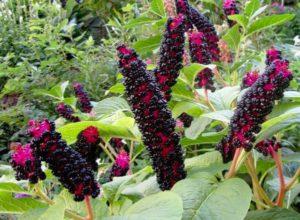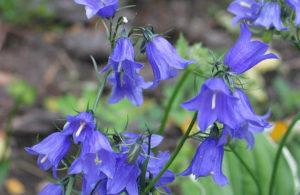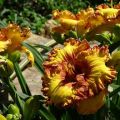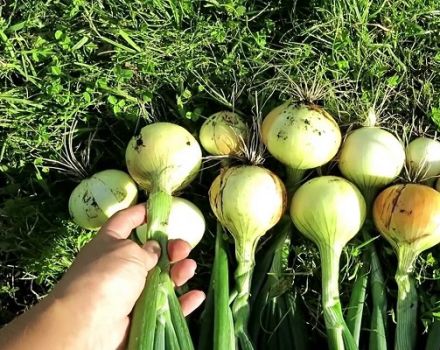Description and reproduction of a flower moonwalker, planting and care
Lunnik is a very ancient culture that today is on the verge of extinction. The flower is grown in private plots not because of the lush and beautiful flowering, but because of the unusual shape of the fruit, resembling the full moon in appearance. In total, this genus includes 4 representatives, but only 2 have become widespread in the culture. The rules for planting and caring for a lunar that come to life are studied before starting work in order to avoid mistakes that beginner growers make.
General description and characteristics of the moon flower
The lunar belongs to the Cruciferous family, it can be both an annual and a perennial plant. Its fruits, thanks to their mother-of-pearl shimmer and shape, resemble the full moon, which is why the culture got its name. On household plots, there are only 2 representatives of this genus - the reviving lunar (perennial) and the annual lunar. The first is considered today an endangered species, which is listed in the Red Book. In the natural environment, it is found in Europe and occasionally in North America. For culture, weakly acidic, nutritious and loose soils are an ideal place; the lunar also grows on gravelly and clay soils.
The flower has large leaves. Flowers are more often with purple petals, but there are also varieties with white ones. They are large in the lunar and have long marigolds. An elliptical fruit is located on a stalk, which is about 15 mm long.
Most popular varieties
Among the representatives of the genus, only two are used in culture:
- Annual lunar. The flower does not exceed 60 cm in height, has flowers of a purple, lilac or white shade. Natural habitat - the southeastern part of Western Europe. Among the popular varieties of the annual lunar, there are: Mansted Purple with lilac buds, Alba with white petals and Variegatu with variegated leaves and pink-lilac flowers.
- Lunar reviving, belonging to the category of perennials. Most often found on the Balkan Peninsula in deciduous forests. It has fragrant purple flowers, with yellow flowers there is no culture.

Advantages and disadvantages
To determine the advisability of planting a lunar on the site, study its pros and cons.
The advantages of florists include:
- Bright aroma of flowers.
- An unusually shaped fruit that resembles the moon.
- Resistant immunity to diseases and pests.
- Undemanding to the composition of the soil mixture.
Disadvantages:
- Fear of bright sunlight.
- The need for shelter for the winter in regions with a cold climate.
- Long breeding process.

The specifics of growing ornamental crops
The rules for growing a perennial lunar do not differ from other plants in anything special. It is important to choose the right place, prepare the soil and material for planting.
Location
If an annual lunar needs bright sunlight, then the one who comes to life prefers shady places, in extreme cases, there should be a slight partial shade on the site. The culture does not impose special requirements on the composition of the soil; it has enough loose and fertile soil that allows water to pass through well. To improve the quality of the earth, lime and humus are added to it.
Planting material
The easiest way is to use cuttings for planting a reviving lunar, if they are not at hand, sow seeds at home on seedlings and only then transfer them to open ground.

Planting process
The step-by-step landing algorithm is as follows:
- Make grooves in advance in prepared and fertilized soil.
- The distance between the seedlings of the reviving lunar is at least 35 cm.
- Top up with the remaining soil and moisten abundantly.
To mulch the soil around the bushes or not, each gardener decides at his discretion. Peat or sawdust is used as a moisture-retaining layer.
Features of flower care
Even novice gardeners do not have any difficulties with caring for a reviving moon moon. All that is needed for the full development of an ornamental culture is watering, fertilizing, shelter for wintering and protection from pests and diseases.
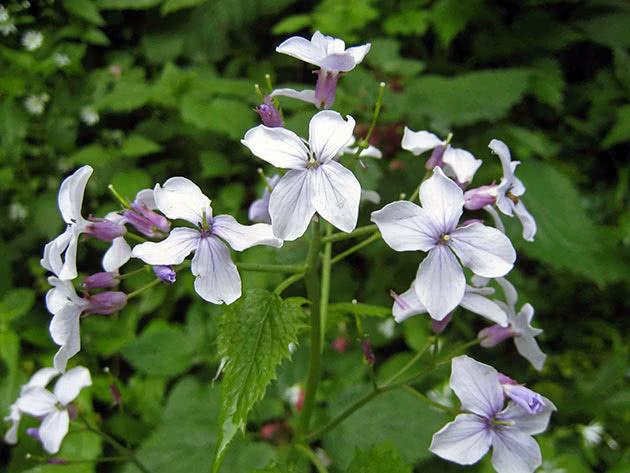
Watering the plant
Abundant moisture to the lunar is contraindicated, if you overdo it with moisture, the roots of the culture infect fungal diseases. The procedure is carried out either in the early morning or in the evening. For humidification, water is prepared in advance - it is defended and allowed to warm up a little in the sun. In those cases when there is a long dry weather, watering is increased so that a dry crust does not form on the soil surface.
Spraying
Spraying the leaves of the reviving moon moon is prohibited. The culture reacts extremely negatively to such a water procedure.
The soil
After each irrigation, the soil around the flowers is loosened to provide adequate oxygen access to the plant roots. Weeds are also regularly pulled out so that they do not drown out the crop and take away valuable nutrients from it.
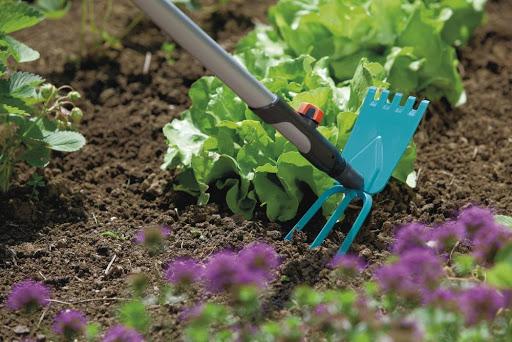
Flowering and transplanting
From the beginning of May to June, small flowers appear on the lunar, mainly of lilac color. Sometimes, with proper care, this process is repeated in August. The reviving lunar does not need frequent transplants and develops without problems in the same place for several years. If you still need to do this, choose the last summer days for transplanting.
Top dressing
Without top dressing, it will not be possible to get a healthy and beautiful ornamental plant. The perennial lunar is fertilized regularly, they do it once a month. For this, both organic and mineral compositions are suitable. They carry out top dressing from early spring, and finish adding nutrients in the second half of summer.
Disease and pest control methods
Diseases in a plant develop only in the case of an incorrectly chosen place for growing and in the absence of proper care.
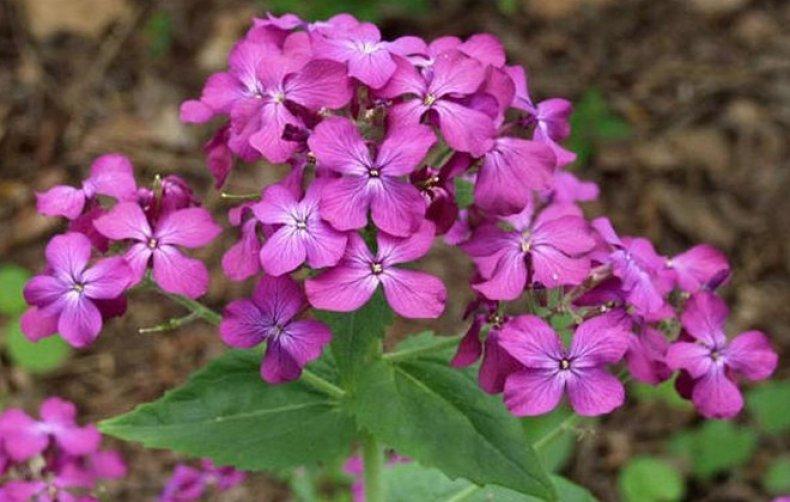
This could be:
- Fungal disease. Develops at high soil moisture. Any systemic fungicide is used to save the plant.
- Cabbage butterfly and cruciferous flea.Spraying with an insecticidal agent is carried out with an interval of 2 weeks, for example, Actellik has established itself as an effective drug.
It is forbidden to plant a lunar in those beds where other crops of this family grew in previous years.
Reproduction
The reviving lunar is divorced in two ways:
- The easiest way is with cuttings.
- Laborious and time-consuming - seed. Seedlings are preliminarily grown in a room, after which they are transferred to open beds. Seeds are stratified before sowing.
Use in landscape design
The culture looks harmonious in group compositions. Lilies and clematis are selected to join him. Also, the lunar is used to create a Moorish lawn or gravel garden. For the latter, it is combined with asters, thyme or geranium.
